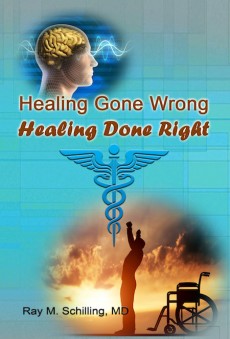Introduction
This article is about the fact that higher vitamin D levels are associated with a lower risk of mortality. Dr. Cedric Garland and colleagues undertook a study where they pooled data from 32 studies and determined that a vitamin D3 level of 30 ng/ml or more halved the risk of dying when compared to 20 ng/ml or lower. What is interesting about this study is that the total number of women and men were 566,583, which is statistically very powerful. I am not aware of any other study that has amassed such a large body of individuals. The other significant point is that the study looked at premature deaths from all causes and diseases, not only at risk of dying from bone diseases (osteoporosis and fracture risk) as some other studies have done.
Study about the minimum of a vitamin D blood level
Dr. Garland is a professor at UC San Diego. He pointed out that a study done 3 years earlier by the Institute of Medicine (IOM) had shown that a vitamin D level of 20 ng/ml or lower was associated with developing bone disease. However, with the larger population base and looking at all sources of deaths it is clear that this target level was too low. The revised minimum level of vitamin D3 that you need in your blood is 30 ng/ml or more. Many other studies have recommended that a vitamin D3 level of 50 to 80 ng/ml is the ideal level, where you will not have any shortage of vitamin D3 anywhere in your system.
Titrate according to the vitamin D blood level
Scientists have been having a problem defining the recommended target level, as there is no known toxicity from vitamin D3. This explains why the recommendation for vitamin D3 has gone up from 400 IU per day to 1000 IU. In the meantime the recommendation is a daily dose is 2000 IU to 4000 IU of vitamin D3 per day. The best recommendation at this point is to take enough vitamin D3 per day. This brings the blood level up to 50 to 80 ng/ml (“titrate according to blood level”).
Mortality risk when adequate vitamin D blood level is present
Based on this study your mortality risk from heart attacks, strokes, cancer and bone diseases (osteoporosis, fractures) will go down at least by 50%! To me this is an amazing study with widespread ramifications. Remember that 2/3 of the US population has a level of vitamin D3 that is lower than 30 ng/ml. What is your level? You can get it checked through a simple blood test (25-hydroxy vitamin D level). Your family doctor can order this test and you go to the lab with th requisition.
More information is available at Arteriosclerosis regarding prevention of heart attacks and strokes and under Osteoporosis regarding prevention of osteoporosis.
Reference
Am J Public Health, June 12, 2014.







